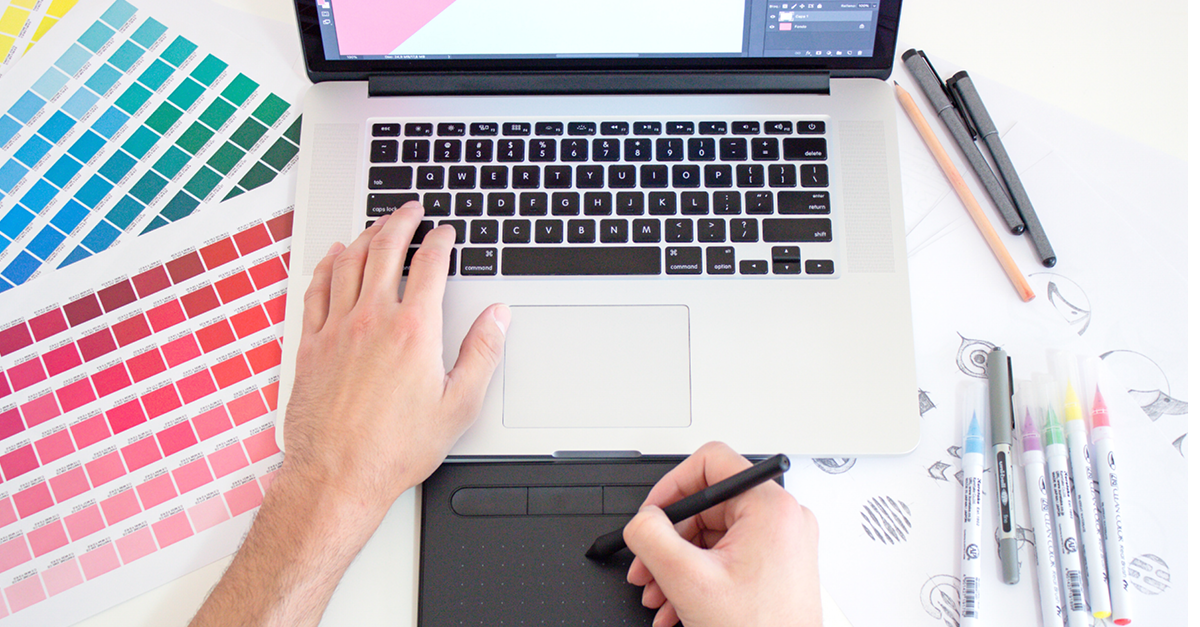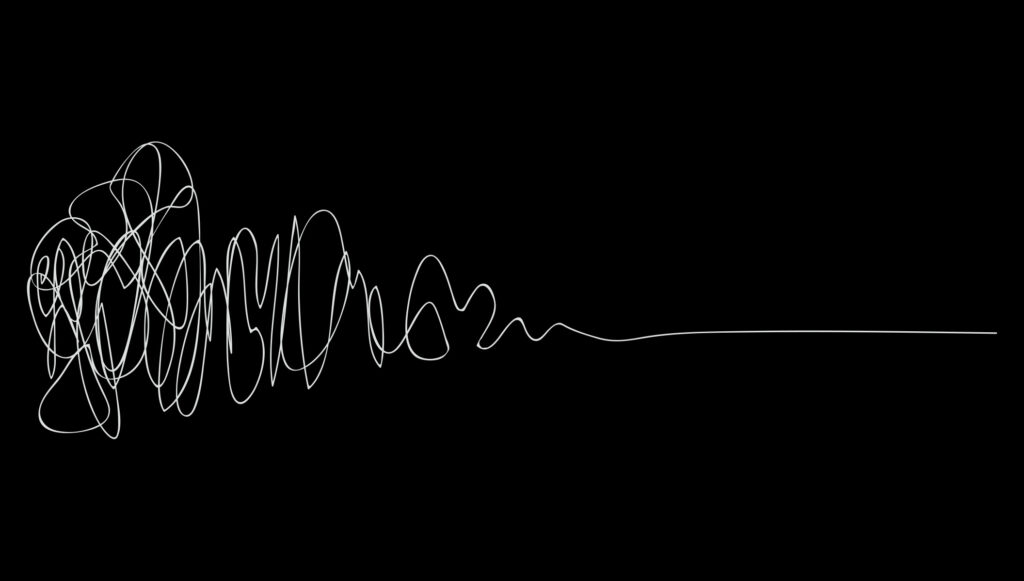
The goal of creative design is to create brands that have staying power, not just in their market sector, but with their customers through a process that identifies problems to be overcome and provides a distinctive, focused solution. The Wonderful creative process is two-fold, combining our values and working philosophies with the practical application of experience, and a dedication to cooperation and creating something concrete that can communicate with audiences.
What is Creativity, and how does it deliver value?
Creativity is common, something that everyone has the capacity for – humans are fundamentally creative creatures, and we all experience a creative impulse that delivers new ideas, concepts and images every day. Creativity is, in many ways, lazy! The things we often consider to be “more” creative are fundamentally opposed to “work” – spending time outside or in natural environments, letting your mind wander, reading and so on. Inspiration is not an active, working process – and not therefore as valuable as it is often assumed to be, being easy to access and everywhere for everyone.
Deriving value from creativity, and how it can be moulded into a functional process, comes from application and the ability to refine something tangible from our raw experience – applying our skills, experience, and activity to turn loose concepts into usable items. The effectiveness of that application comes from the values and outlook of the stakeholders involved in the creative effort, their unique perspectives and ability to shape the creative impulse.
The Wonderful creative process functions as part of a framework built upon our core philosophy – chosen to create a good environment for creativity, as well as drive our ability to extract value; clarity, objectivity, ensuring the right information is at hand, and collaboration without ego are all essential to that process, and ensure that different ideas and viewpoints are allowed to be expressed.
Applying Creative Philosophies
Craft and execution are essential considerations in order for creative processes to produce something that has purpose and longevity. Creativity can be about breaking things, doing things differently, doing it “wrong”, doing something outside of the norm – and so must be refined and carefully executed in order to actually deliver. This is also often where the skills and tools commonly thought of as creative come in, shaping a brand from a raw set of ideals into a tangible thing.
Just as creativity without craft can fail to produce anything, a focus on process and execution without creative focus can often miss the mark entirely despite delivering a solution. Environment is key in delivering something that involves both elements, creative but well executed. Neither aspect can operate in a vacuum – creativity requires processes to have a purpose and work to deliver, but processes require the right environment to deliver creative ideas.
The move from ideation and creation to execution often requires a change of mindset. Initially, divergent thinking is essential, allowing creative teams to problem solve, find new and different things, all through a broad – but unfocused – lens. However there must be a switch to convergent thinking, a focal point where information is boiled back down to a clear deliverable. This can be essential for hitting deadlines, avoiding scope creep, and ensuring that the creative process is efficient.
The divergent/convergent thought process can be envisioned as a tapering “squiggle” – conveying the messiness and uncertainty in the creative process as well as the goal of focus and clarity, the move from the abstract to the exact.

Cooperation and co-creation with brand stakeholders is also essential, delivering fresh inputs as well as a close knowledge of what works for their customers, and how they wish to express their own creativity. This approach means consistent testing of ideas and communication in the direction of a project, avoiding wildly different iterations or a failure to align interpretation with expectation.
Brief-Driven Branding
The most important practical aspect of our creative process is setting an accurate brief. This must define the problem a business is looking to overcome, the challenges they face, and the *what* and *why* and *who* of a brand design.
The use of data, customer insight, search and trend analysis, an understanding of the history of a market sector and more all help with reaching these definitions, and are a key area of cooperation between different disciplines. The understanding that all of this research achieves then shapes the brief, giving Wonderful a methodology with which to approach the objective.
Every brief must also include a testing or iteration mechanism, utilising intuitive internal co-working to shape progress and avoid the tunnel-vision of a singular input. This mechanism also speeds up the ability to reach a working methodology (or creative output), and from there the production of results. Testing also allows for greater cognitive diversity to be applied to a solution, and can take the form of a number of different methods; A/B testing, focus groups, video responses and outside reviews – testing the audience as well as stakeholders to ensure a rounded response.
Distinctive Solutions
To ensure that a brand that has had these concepts applied will last, the ultimate goal of the Wonderful creative process is to provide a solution that is functional and distinctive; differentiation from competitors is not enough to ensure a brand legacy, despite being an important consideration during the creative thought process, but distinction can make the difference in capturing and keeping audiences. From creative philosophy to practical briefing, Wonderful aims to produce branding solutions that are memorable. The effectiveness of distinction over differentiation can be seen most easily through brands that deal directly with consumers – Coca Cola and Pepsi, supermarket chains such as Tesco and John Lewis, as well as fast food operators and more all utilise distinctive creativity to make their brands unforgettable.
To find out more about how to get the most out of creativity, and explore Wonderful solutions for your brand, speak to our Creative Director today: Philip Hansen
Latest posts

The Art of Human-Centered Design: Wonderful Strategies
Human-Centred Design is a problem-solving approach that explores the needs, behaviours, and experiences of users at every stage of the design process, creating digital products that are fundamentally people-orientated – a methodology that combines real data with creativity to develop solutions that are not only functional but also intuitive, meaningful, and aligned with user expectations.

Accessibility in UX: Designing for All Users

The Wizard of UX
Exploring the role of wonder, play and innovation in creating memorable online experiences. Uncovering the tricks behind not only getting users to their desired destinations but also how we make the steps in getting there pleasurable. What role does wonder play in these interactions and, when we know the end goal, how can we reverse-engineer wonder into the process to ignite curiosity and captivate users?